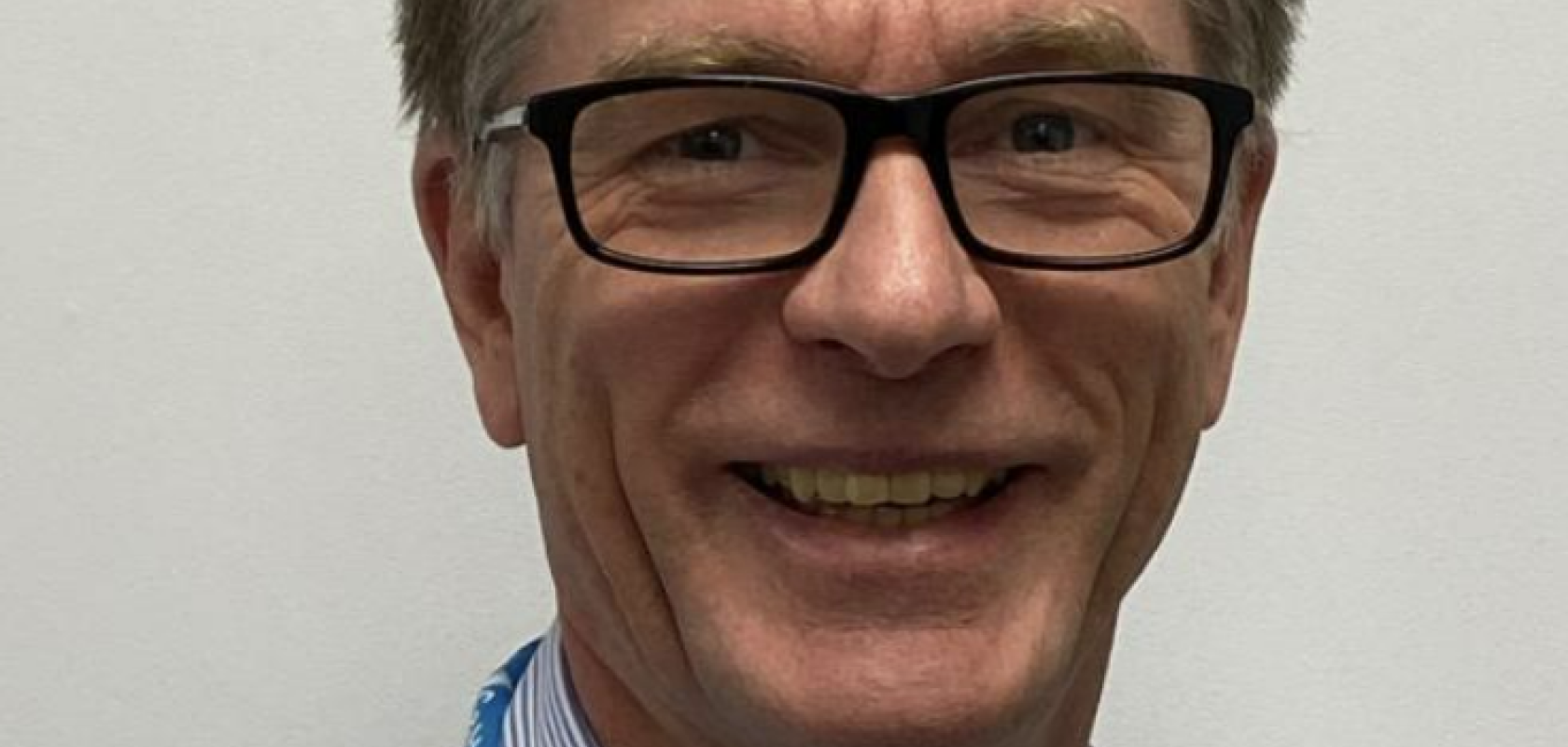Peter Kean has more than 25 years’ experience working across both academia and industry within the fields of optics and photonics. His work has encompassed optical fibre amplifiers, hand-held laser range finder technology and fully distributed temperature and acoustic fibre-optic sensing instruments.
‘Working in industrial R&D, there are several areas of photonics that look set to grow significantly over the next few years,’ said Kean, who identified three significant areas of technological growth:
‘First, the use of optics and photonics in quantum technologies will expand as real-world quantum based sensors, clocks and computers are developed. Each of these has a need for photonic-based components to some degree, with some of the approaches being fundamentally based on photonics.
‘Secondly, photonic integrated circuits are expected to continue to revolutionise many market areas since they can bring huge reductions in size and potentially cost, along with manufacturing at scale for mass-market applications.
‘Finally, optical communications in space across satellite networks, and indeed ground-to-space optical communication, is expected to grow significantly. Given the limited bandwidth available in the radio frequency (RF) and microwave region, optical communications with lasers will be able to provide a large increase in capacity both for internet traffic and data communications to the moon and beyond.’
It is in space-based communications that Kean sees some of the biggest challenges ahead, particularly ‘how to increase the optical power handling of optical amplifiers in the vacuum of space and produce powerful, reliable amplifiers for operation in space’.
‘The amplifiers required are significantly higher power than traditional earth-based amplifiers because of the huge distances that need to be covered between satellites and from ground to space,’ he said.
He believes improving the performance of optical components to meet the needs of the quantum community will also bring challenges.
‘For example, our acousto-optic modulator product (FibreQ), will need to be modified to have both an incredibly high extinction ratio and much broader tunability, such that it can enable quantum devices based on trapped ions. This work is already under way and we are also developing the instrumentation techniques to ensure such performance improvements can be measured.’
Kean said he found moving from academia to an industrial environment challenging: ‘Early on in my career, I was focused on purely scientific research, but gradually became more interested in seeing practical applications of my work and wanted to develop new products. Finding the right route into industry was not easy, but I managed to gain a position within a telecoms research lab and have gone on to work in several companies both large and small.’
The people he credits with helping his career reflect that breadth of experience. While he namechecks his PhD supervisor, Wilson Sibbett, as ‘a great support in my early years’, he also expressed thanks to the numerous colleagues who have helped his work developing components, devices and systems.
His advice to new photonics researchers is straightforward: ‘Find something that excites you and go for it! Find an area of photonics that you feel passionate about and study to understand the details of that part of the field. Certainly in industrial R&D where products are expected to work in a variety of environments and over many years, there are no short cuts and details matter.’
You can find Kean online at https://www.linkedin.com/in/pete-kean-8255aa/. He hopes to attend Photonics West in January.
Organisation: G&H
Role: R&D director
Based in: Torquay, Devon, UK
Education: PhD, BSc.


